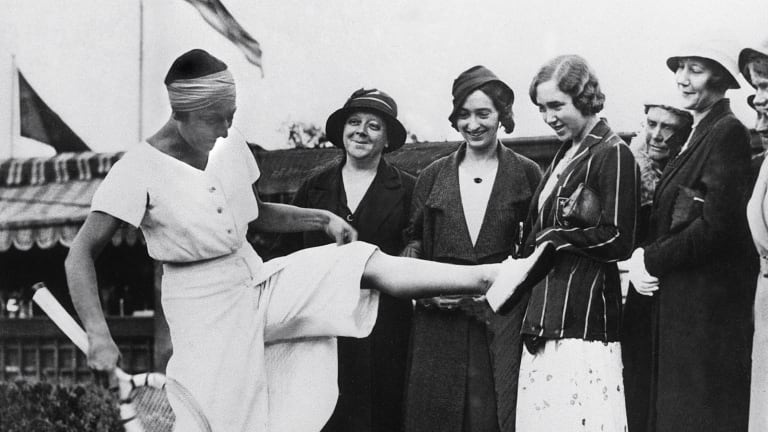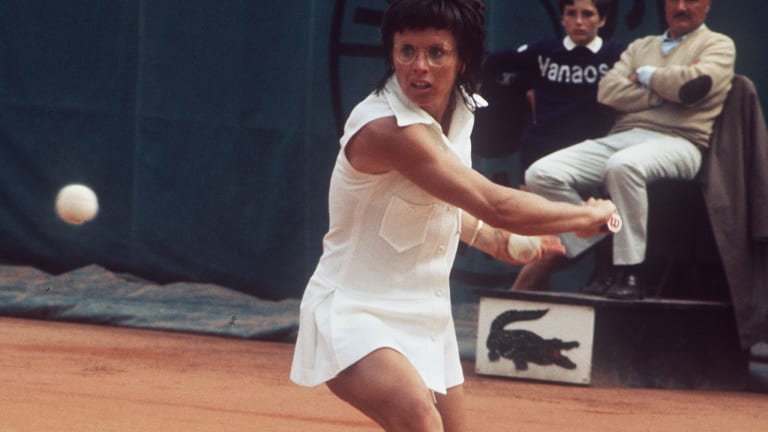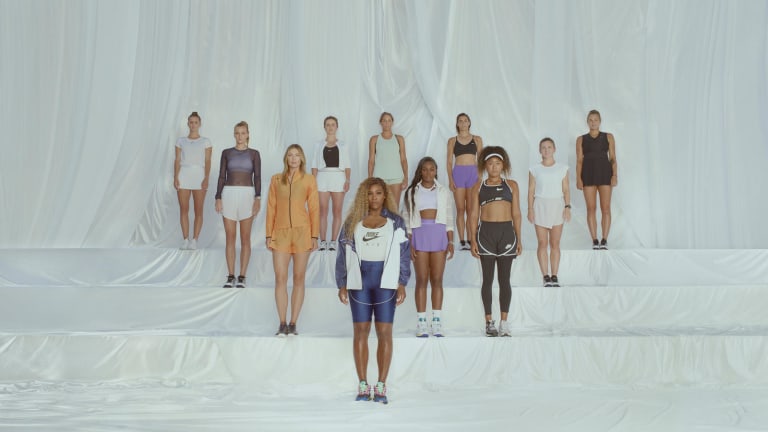Style Points
Style Points: How the tennis skirt became iconic
By Feb 11, 2022Style Points
Emma Raducanu carries BJK Cup momentum—and Team GB's lucky bracelet—into Stuttgart quarterfinals
By Apr 18, 2024Style Points
As inseams get higher, Aryna Sabalenka, Stefanos Tsitsipas lead the Great Shorts Debate 🩳
By Apr 18, 2024Style Points
Look of the Week: Zendaya aces two looks for Challengers premiere, Venus, Genie & more hit LA red carpet
By Apr 17, 2024Style Points
Naomi Osaka shows off New York shopping haul: “Are you kidding me?!”
By Apr 12, 2024Style Points
PHOTOS: Zendaya's surreal tennis-inspired Loewe look during Challengers promo tour
By Apr 09, 2024Style Points
Jannik Sinner dazzles in Gucci for new Vogue magazine profile
By Apr 05, 2024Style Points
Danielle Collins riffs on six-year gap between Miami semifinals: 'I definitely have a better outfit'
By Mar 28, 2024Style Points
Zendaya's red-carpet look for the "Challengers" Sydney premiere was inspired by tennis
By Mar 27, 2024Style Points
Sunshine Swing style roundup: From ‘Barbie’ pink and cool gray, to new sponsors and custom kits
By Mar 22, 2024Style Points
Style Points: How the tennis skirt became iconic
It’s a fashion staple that’s been synonymous with the sport for over a century, but could the venerable tennis skirt be on its way out the door?
Published Feb 11, 2022
Advertising

Suzanne Lenglen shows off a skirt and bandeau—predecessors of the classic tennis uniform—in 1935.
© AFP via Getty Images
Advertising

Billie Jean King, pictured here in 1972, was one of many players who sported Ted Tinling originals on the court.
© AFP via Getty Images

Until 2010, the WTA Tour's logo featured a tennis player in a skirt.
© WTA
Advertising

Serena Williams' 2018 compression garment was banned from Roland Garros.
© AFP via Getty Images
Advertising

Shorts, compression leggings and crop tops have a place alongside dresses, skirts and tanks.
© Nike

Naomi Osaka in Nike's colorful 2020 US Open collection.
© Getty Images